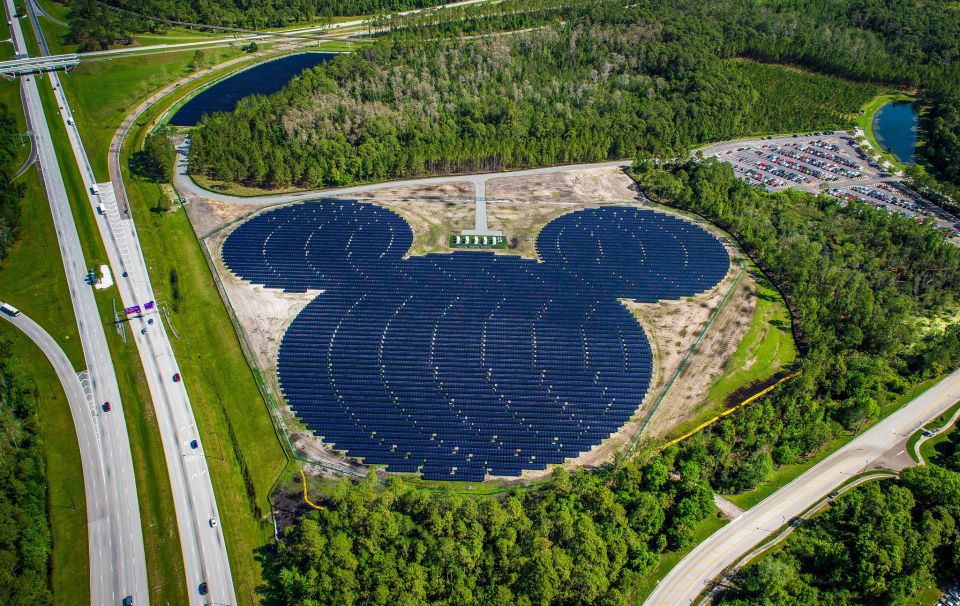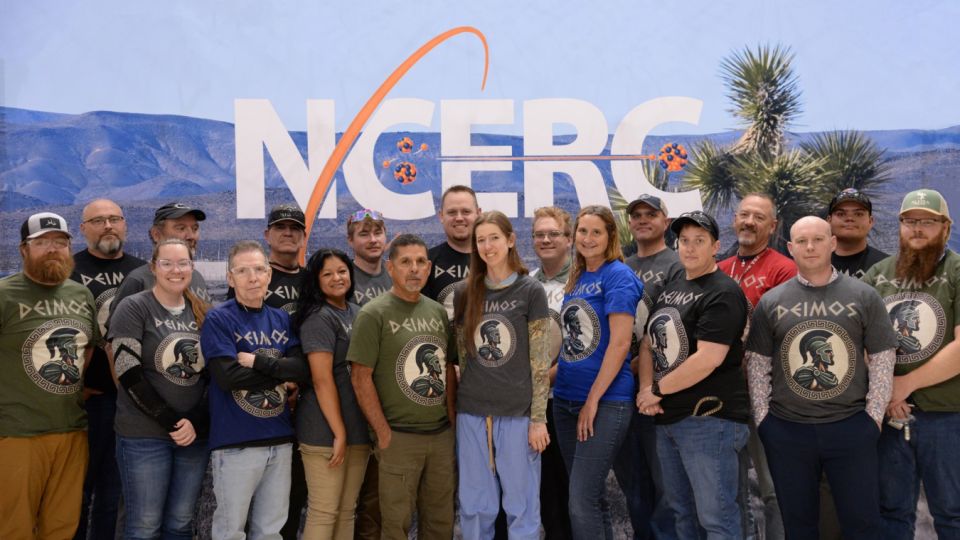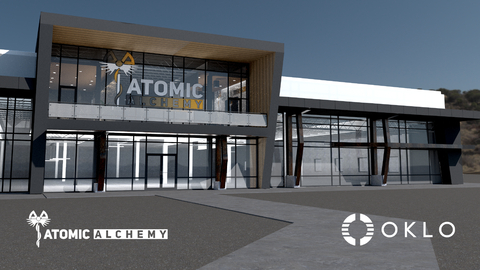How robust is HALEU from a nonproliferation perspective?

Shikha Prasad
High-assay low-enriched uranium (HALEU) has emerged as a popular fuel choice for advanced small modular reactors due to its long power production periods before refueling. It is currently being pursued by TerraPower, X-energy, BWX Technologies, Kairos, Oklo, and other reactor companies. HALEU has a uranium-235 enrichment ranging from 5 percent to 20 percent, whereas traditional LWRs use low-enriched uranium fuel enriched up to 5 percent.
HALEU will provide power for longer durations, compared with traditional LWRs. But could it also provide an opportunity for more rapid proliferation, as is speculated in a 2023 National Academy of Sciences report on advanced nuclear reactors (nap.nationalacademies.org/catalog/26630/)?
If a nuclear proliferator conspires to divert fresh nuclear fuel for weapons production when it has not been used in a reactor, the effort required in separative work units (SWUs) to enrich U-235 from 5 percent to 90 percent and that required to enrich from 20 percent to 90 percent are both very small, compared with the effort required to enrich U-235 from its natural abundance to the initial 5 percent.








